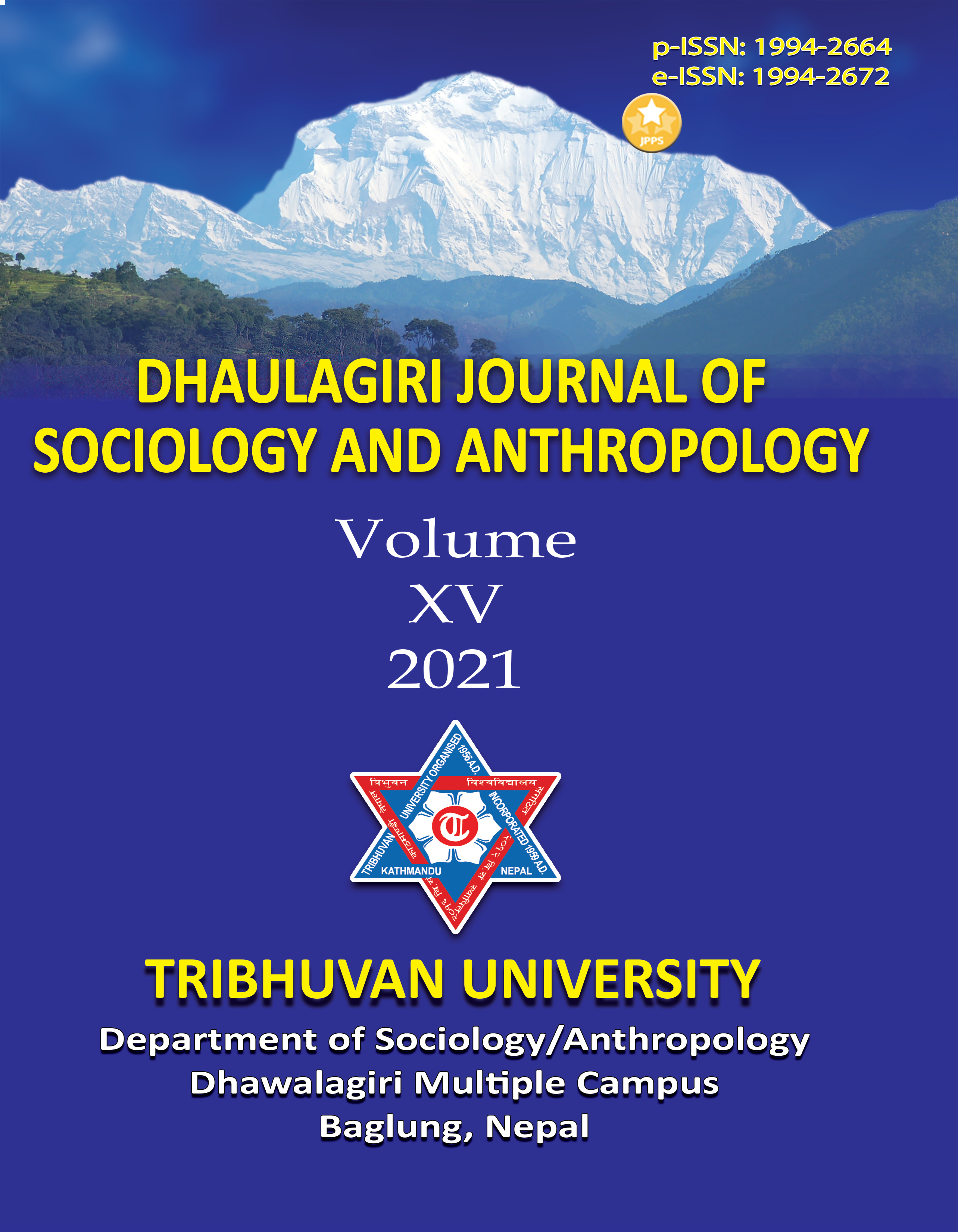Inhabiting the World’s Largest Tropical Delta: Understanding Human-Environment Relationship from a Century-Long Archaeological Quest in Bangladesh
DOI:
https://doi.org/10.3126/dsaj.v15i01.41926Keywords:
Bengal Delta; riverine agriculture; tropical landscape; palaoecology; human-environment relationship; BangladeshAbstract
Due to the exceptionally rich tropical resource, the Lower Ganges-Brahmaputra basins have attracted people of diverse ethnic and geographical backgrounds for millennia. So far 524 protected sites in present Bangladesh indicate the busy human occupation in the world’s largest delta at least from 5th century BCE. Although systematic archaeology began in the 1870s there is still a paucity of knowledge about past human land use and livelihood strategies across this area, which is especially prone to floods, cyclones, and river migrations. Here we attempt a systematic survey of human-environment interactions in ancient deltaic Bangladesh. Revisiting the fragmentary information from archaeological records and epigraphic references produced through over a century-long archaeological legacy, this study is the first attempt at a synthesis of the changing relationships between ancient people and their environment elements including land, water bodies, flora and fauna.
Downloads
Downloads
Published
How to Cite
Issue
Section
License
Copyright (c) 2021 Rifat Ur Rahman & Abu B. Siddiq

This work is licensed under a Creative Commons Attribution-NonCommercial-ShareAlike 4.0 International License.




